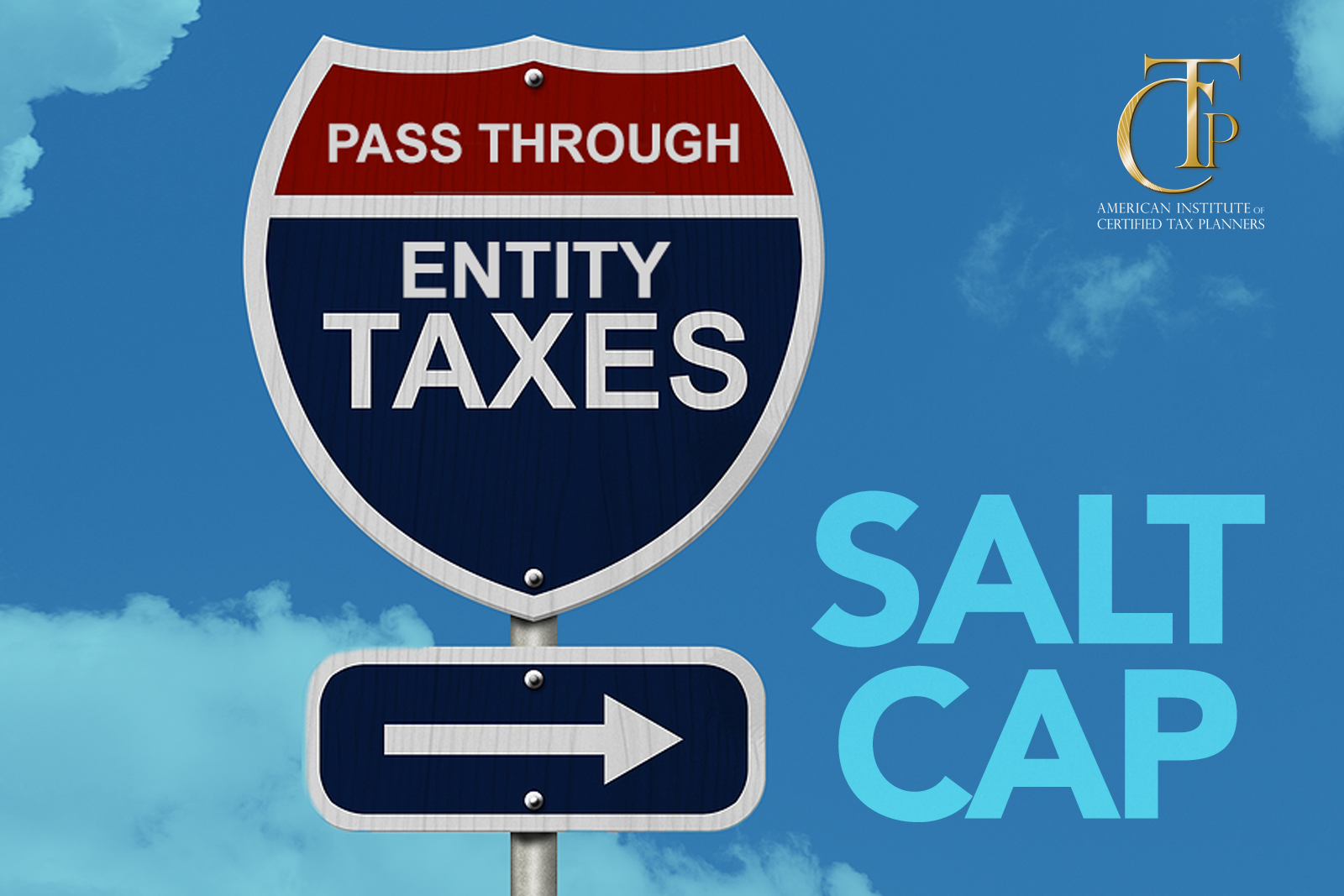One of the most controversial measures from the Tax Cuts and Jobs Acts (TCJA) of 2018 was the new limitation on state and local tax (SALT) deductions. Under the new legislation, individual taxpayers who itemize on their federal taxes could only deduct up to $10,000 paid to state and local governments on either property tax and state income tax or sales taxes (if the state has no income tax).
Since there was previously no limit to SALT deductions, taxpayers with high state and local taxes were strongly impacted, and their state governments sought workarounds for their constituents. Since TCJA did not include a limit for businesses, many states began to introduce a pass-through entity (PTE) tax, which allows S corporations, LLCs, partnerships, and sole proprietorships to pay their state tax at the entity level. This enabled owners and partners in pass-through businesses to sidestep the $10,000 cap.
As of today, 19 states have enacted pass-through entity taxes. Before TCJA, many states did not have a PTE tax or the tax rate was much lower. When states began to propose workarounds to the SALT limitation, the IRS did not approve most of the proposals, except one—Notice 2020-75 announced that SALT taxes “imposed on and paid by a partnership or an S corporation on its income” would be allowed as a business deduction to that business entity’s taxable income or loss for that year. The notice also allows those who paid the PTE tax to receive a state tax credit. For instance, Connecticut provides a state tax credit covering 87.5% of a taxpayer’s share of the pass-through entity taxes paid.
Let’s review a little more closely how the pass-through entity tax works. First, we should note that the PTE tax is elective, so taxpayers opt in rather than being required to pay it based on their circumstances. Again, the key is that the state tax is paid on the business level to avoid the SALT limits placed on individual taxpayers. This means that the PTE tax must be paid with the business entity’s bank account, even if that means the individual advances money into the company to pay the tax. When this is done correctly, the PTE tax becomes a business deduction and reduces the entity’s taxable income and therefore reduces their federal taxes.
In exchange for this taxpayer benefit, most states charge a higher state tax rate to raise a little extra revenue for themselves. So the question the taxpayer needs to ask is whether a SALT deduction is worth paying a slightly increased state tax rate.
Another question is whether a taxpayer can take advantage of the PTE tax workaround if they are only involved in passive business activities or investment partnerships. Do the current laws allow a limited partner—who is only liable up to the amount of their investment—in a business to deduct PTE tax as a business expense and bypass that SALT cap for individual taxpayers? Partners in a pass-through entity would normally report their income, losses, and dividends on a Schedule K-1. Whether a business partner is “passive” is decided at the individual level, so their activity is not marked on a K-1. Also, according to the tax code, partners in a partnership that is only organized to earn portfolio income would not qualify because passive activity rules do not apply to them (see Code § 469). Otherwise, the IRS has not provided guidance on passive business partners, so if state level tax deductions result in a net business loss, the taxpayer would need to look at the official rules for “material participation” in a business to determine if they can deduct that loss in their particular situation.
The states that have passed a type of pass-through entity tax legislation are Alabama, Arizona, Arkansas, California, Colorado, Connecticut, Georgia, Idaho, Illinois, Louisiana, Maryland, Minnesota, New Jersey, New York, Oklahoma, Oregon, Rhode Island, South Carolina, and Wisconsin. Some of these states have issued guidance and deadlines for business partners looking to claim their share of the PTE tax credit, so taxpayers will need to check on the specific carryover rules and the deadlines in place in their area.
For further guidance on the pass-through entity tax and whether your business can benefit from this election, contact a Certified Tax Planner today!







